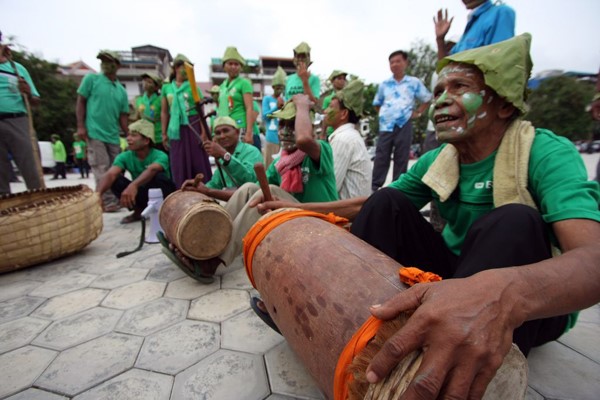
In Asia, Buddhist and Taoist groups and movements have emerged as important actors in environmental protection, although they are drawing considerable opposition from governments in China and even India, according to historian Prasenjit Duara. In an interview with the New York Times (October 17), Duara says that in the last decade or two, Buddhist environmental groups have supplemented the work of NGOs and international organizations such as the United Nations. In Taiwan, there are large-scale Buddhist groups that see their mission as “saving the environment,” while in China, Taoist environmental efforts include practitioners depicting Laozi as a “green god.” Duara adds that “some villagers seek to protect their local ecology through revived temple communities.”
The Chinese state has attempted to crack down on these “social aspects” of religion engaged in challenging injustices but has not been successful. In Cambodia, people who live in the Prey Lang forest that is facing destruction by massive logging are demonstrating by painting their faces and staging ritual dramas using traditional ideas of avatars as well as images from the movie Avatar to publicize their cause. They have developed surveillance systems of the forest and links to NGOs. In India under Nerandra Modi, environmental groups have also been targeted, as foreign NGOs are being banned, according to Duara. He argues that such groups offer transcendent ideals that provide activists with moral authority to do what they think is right. At the same time, these groups are part of traditions that allow for dialogue, and one “can accept other notions of how to achieve that transcendent state.”